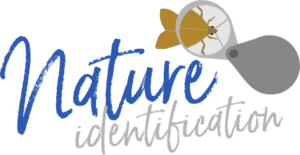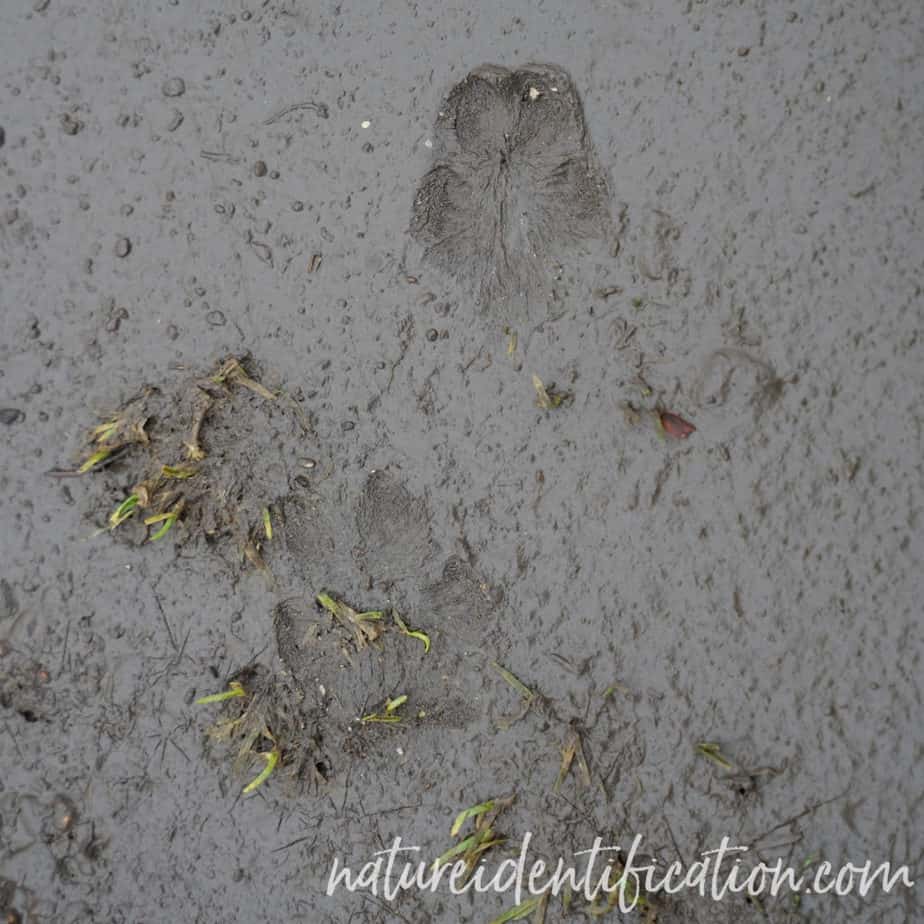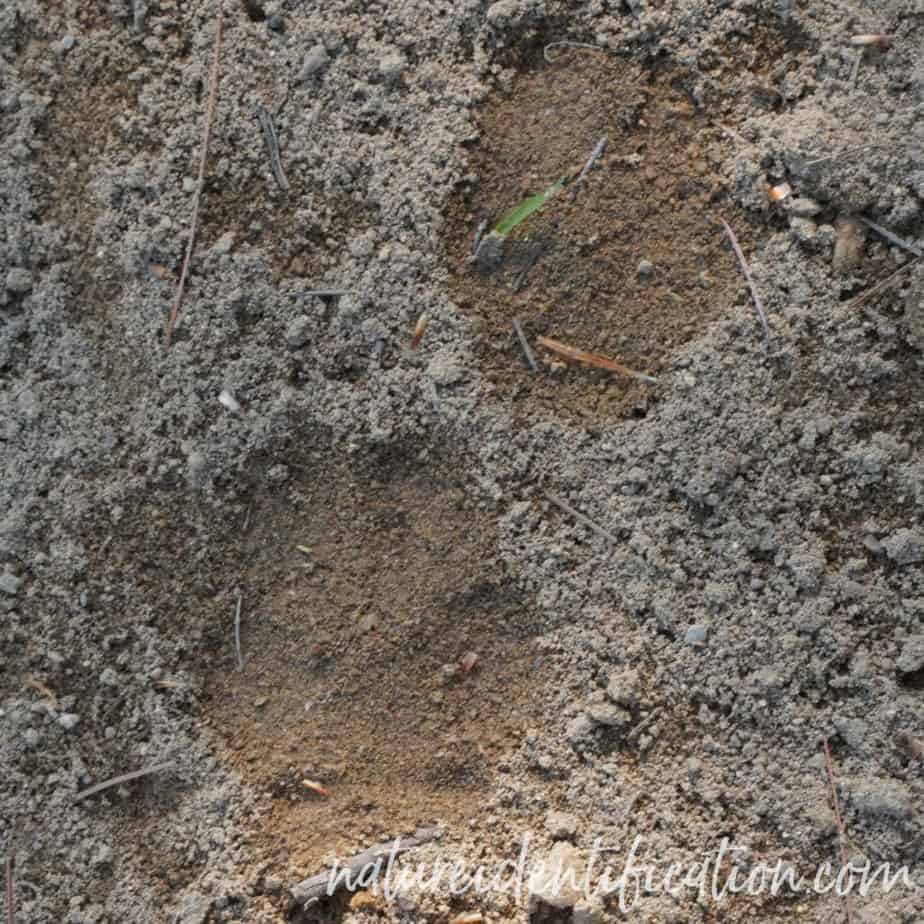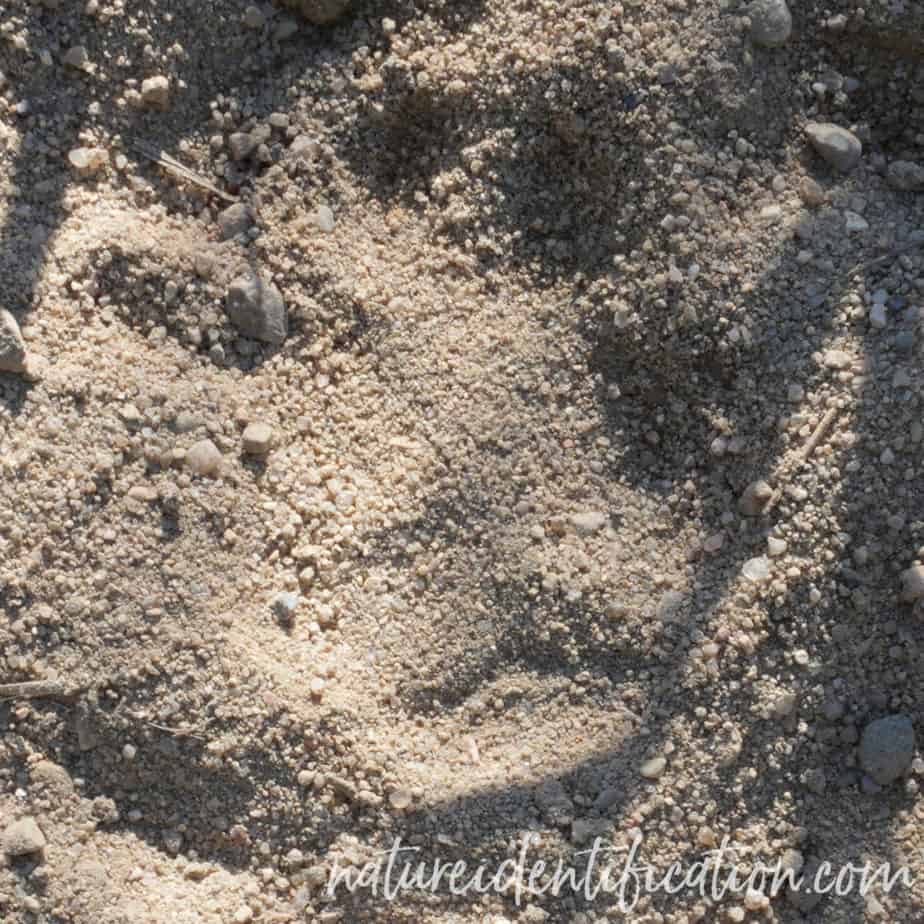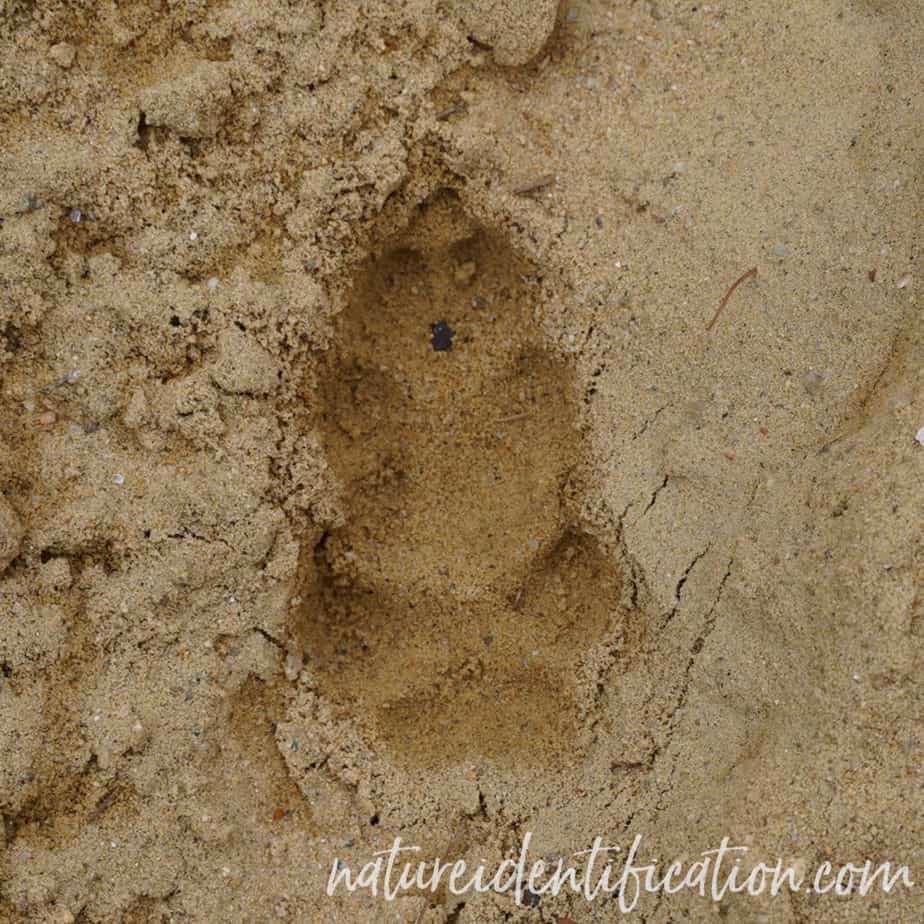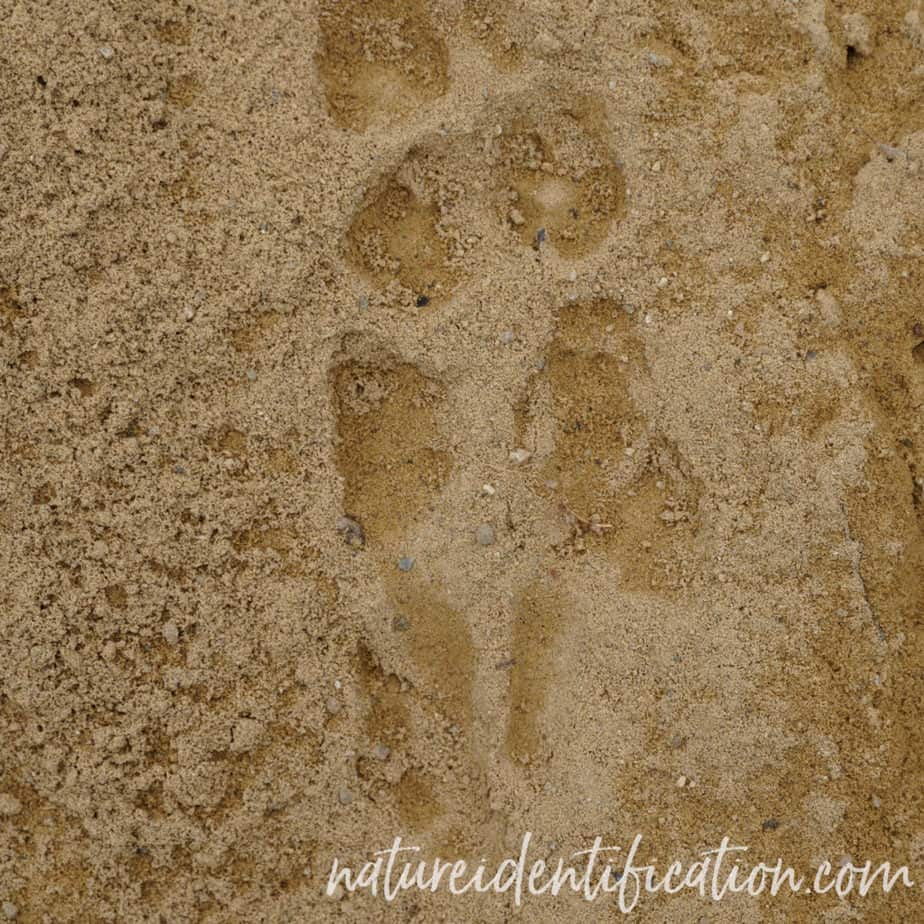The Red Fox (Vulpes vulpes) is one of the most widely distributed mammals in the world. The habits they live in are remarkably diverse, ranging from forests to fields and suburbs. So it’s not surprising that their tracks are encountered frequently and in a variety of different substrates. Maybe you think you might be looking at some possible red-fox tracks right now and you’re wondering how to tell?
Here’s a little walk-through on what to look for.
Red Fox Foot Morphology
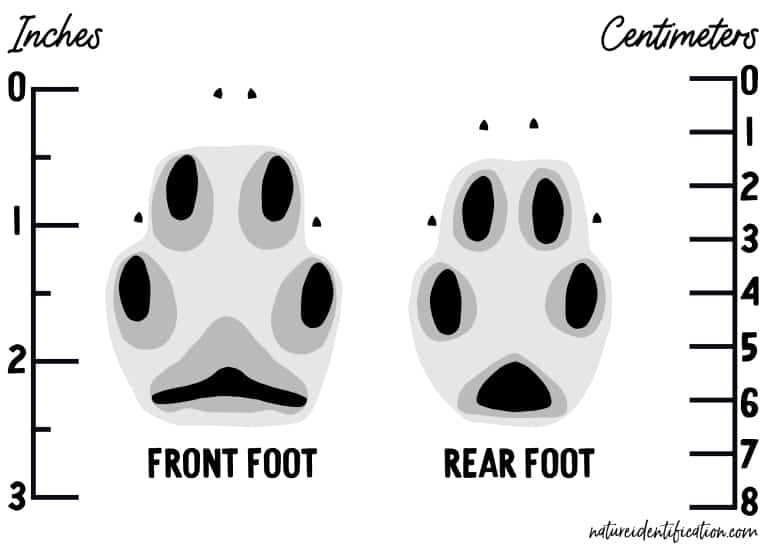
First, the red fox is a canine and therefore its tracks follow their typical characteristics. The important features for dog/canine tracks in both the front and rear feet include: four toes, claw marks, an oval shaped track.
There are some very distinctive differences between the front and rear feet…
Red Fox Front Foot
Need picture of front foot and a description of features (chevron shape created by the pad without hair, larger track, etc.)
Red Fox Rear Foot
Need picture of rear foot and description of features (Tighter toes, smaller metacarpal pad, etc.)
Red Fox Gaits (Movement Patterns)
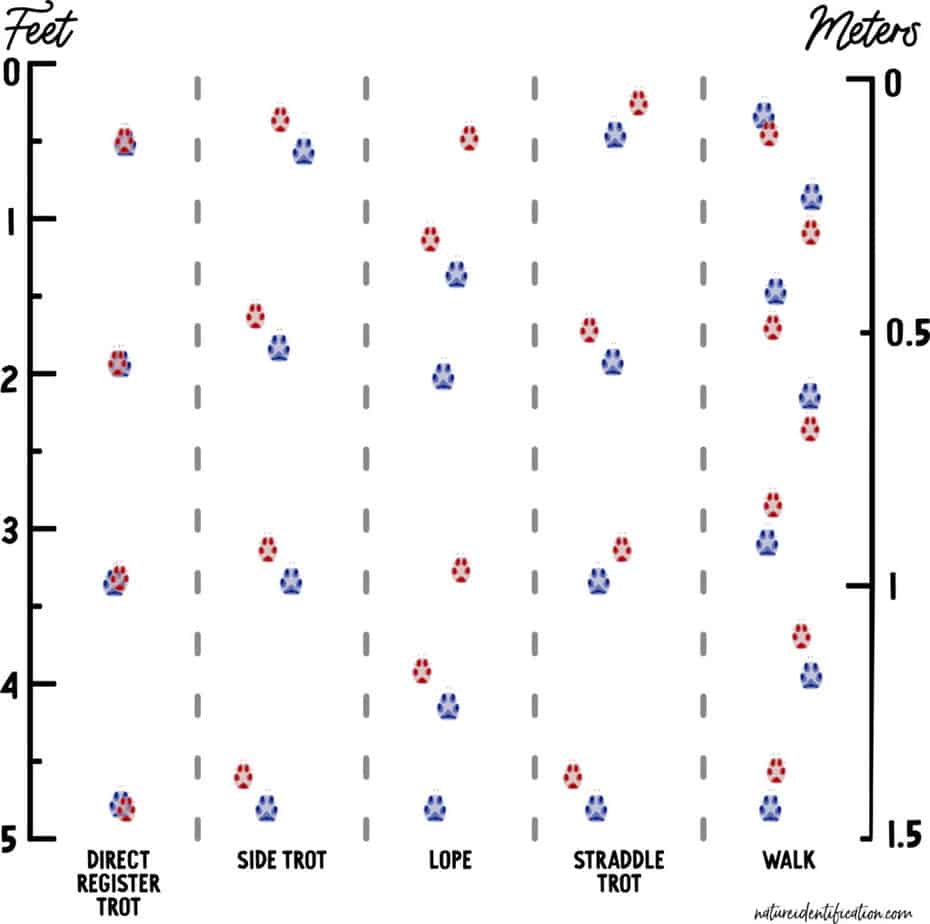
The way a red fox moves through an area can help clue you into the behavior of the fox at the time the tracks were made. When encountering the trail of a red fox, you will primarily see the fox using two gaits; the direct-register trot and the side trot. These two gaits are used when moving across a large distance either patrolling for it’s next meal or just covering distance from one place to another. The straddle trot is similar to the side trot, but is less commonly used.
You will see a fox in a lope gait when the fox is moving fast. This could be because the fox is at play or is chasing an another animal in a hunt. When, you see this gait, pay close attention to what else is going on. Is there another animal in the area that the fox might be friendly with? Or is there a squirrel or rabbit trail up ahead that looks to be moving in the same direction – indicating a hunt?
Alternatively, When the red fox needs to slow down, you will see it in a walk. A walk should be easy to identify by the number of tracks in a short amount of space. When the animal moves slowly, it’s legs do not stretch very far, so their feet land much closer together then they would in a trot or another fast gait.
Expect to see a fox in a walk when investigating or hunting within a small area. Is the fox walking around a patch of leaf or grass debris that might be the home of a mouse or vole? If there is nothing in the area that would be of interest to the fox, maybe it heard a noise a short distance away and is proceeding cautiously forward?
Learning animal gaits can provide a rich understanding of the mindset of the animal and can even help with track identification in substrates like powdery snow where it’s not always easy to find clear prints.
Red Fox Tracks in Snow
Red fox tracks in snow can be hard to distinguish as their feet become more hairy in the winter… blah blah blah
Red Fox Tracks in Mud and Sand
Finding red fox tracks in the mud can make for an easier ID as their hairy pads show up clearly in mud blah blah blah
Red Fox Scat
Scat appearance can widely differ by diet. As red foxes are omnivores, thus their scat can differ in appearance depending on what they recently ate.
Carnivore Diet

tapering, twisted, etc.
Fruit and Vegetation Diet
Tubular, colorful, etc. Can be confused with raccoons and gray fox etc.
Red Fox Behavior and Ecology
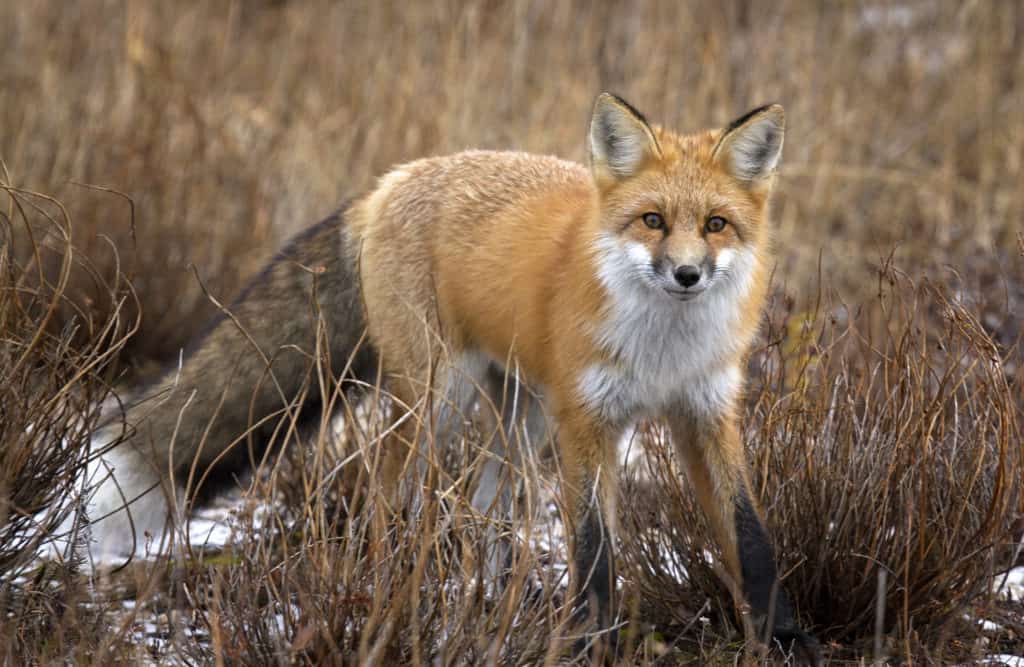
Red foxes are animals of routine and adapt their behavior according to their habitat.
